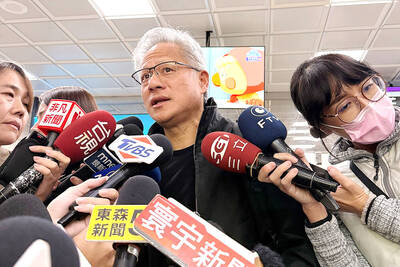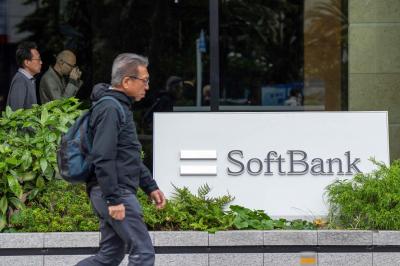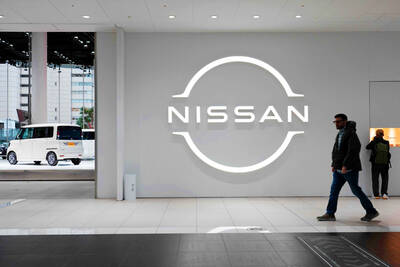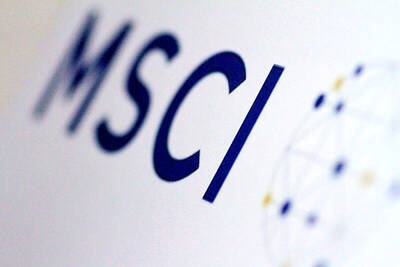India's industrial production accelerated in December as record investment in factories, roads and power plants boosted demand for cement and steel.
Production at factories, utilities and mines rose 7.6 percent from a year earlier, after gaining a revised 5.1 percent in November, the statistics office said in a statement in New Delhi. Analysts had forecast a 6.9 percent gain.
The pace of increases may not last, with the government citing moderating output as a reason growth will slow this year. Signs of a cooling expansion may prompt Reserve Bank of India Governor Yaga Venugopal Reddy to consider cutting interest rates.
"Capital spending is shoring up industrial output," said D.H. Pai Panandiker, president at RPG Foundation, an economic policy group in New Delhi. "The central bank will be under increasing pressure to reduce rates as the economy slows."
Reddy refrained from lowering rates at the Reserve Bank's last monetary policy announcement on Jan. 29 on concern rising oil and food prices would stoke inflation. Wholesale prices, which rose 4.1 percent in the last week of last month, don't reflect last year's 57 percent increase in crude oil costs.
The government on Thursday said India's economy may expand 8.7 percent in the 12 months to March 31, the weakest pace in three years, because of slowing manufacturing. Growth was 9.6 percent in the last financial year.
Higher borrowing costs are prompting consumers to postpone purchases. Bajaj Auto Ltd, India's second-largest motorcycle maker, posted a 16 percent drop in sales last month, its 12th straight month of declines.
ABN Amro Bank NV's purchasing managers' index indicated manufacturing growth recovered in December from the previous month and fell again last month to the lowest level since September.
Indian Finance Minister Palaniappan Chidambaram was to meet chairmen of state-run banks yesterday to find ways to reduce interest rates and boost consumer demand. Industrial production growth last year averaged 10.1 percent.
In response to the minister's call last month for lower rates, State Bank of India, the nation's biggest by assets, on Monday cut its benchmark prime lending rate by 25 basis points to 12.5 percent.
"The cumulative impact of monetary tightening will soften industrial activity in the coming months," said Rajeev Malik, senior economist at JPMorgan Chase & Co in Singapore. "Higher capital expenditure and infrastructure spending will likely be key offsetting factors."
Economists are split whether the central bank will immediately start cutting its benchmark rate because inflation stoked by higher oil and food costs presents a threat. Six of nine economists surveyed by Bloomberg News last month said Reddy would maintain the repurchase rate at 7.75 percent -- the highest in six years -- in the next monetary policy statement on April 29.
Indian Prime Minister Manmohan Singh's government is spending 1.34 trillion rupees (US$34 billion) in the year ending March 31, a 40 percent increase over the previous year, on roads, ports and power plants.
Companies are also expanding, encouraged by India's economic growth and on optimism rising incomes will stoke higher demand. Automakers, including General Motors Corp and Suzuki Motor Corp, are spending more than US$6.6 billion to build new factories in the South Asian nation.
Economic expansion in India is still the second-fastest after China of the world's biggest economies. The economy has grown an average 8.8 percent since 2003, the fastest expansion since the country's independence in 1947.
India's middle class, defined as those with annual disposable incomes between US$4,380 and US$21,890, has more than doubled to 50 million in the past decade, said McKinsey & Co.

PERSISTENT RUMORS: Nvidia’s CEO said the firm is not in talks to sell AI chips to China, but he would welcome a change in US policy barring the activity Nvidia Corp CEO Jensen Huang (黃仁勳) said his company is not in discussions to sell its Blackwell artificial intelligence (AI) chips to Chinese firms, waving off speculation it is trying to engineer a return to the world’s largest semiconductor market. Huang, who arrived in Taiwan yesterday ahead of meetings with longtime partner Taiwan Semiconductor Manufacturing Co (TSMC, 台積電), took the opportunity to clarify recent comments about the US-China AI race. The Nvidia head caused a stir in an interview this week with the Financial Times, in which he was quoted as saying “China will win” the AI race. Huang yesterday said

Japanese technology giant Softbank Group Corp said Tuesday it has sold its stake in Nvidia Corp, raising US$5.8 billion to pour into other investments. It also reported its profit nearly tripled in the first half of this fiscal year from a year earlier. Tokyo-based Softbank said it sold the stake in Silicon Vally-based Nvidia last month, a move that reflects its shift in focus to OpenAI, owner of the artificial intelligence (AI) chatbot ChatGPT. Softbank reported its profit in the April-to-September period soared to about 2.5 trillion yen (about US$13 billion). Its sales for the six month period rose 7.7 percent year-on-year

Nissan Motor Co has agreed to sell its global headquarters in Yokohama for ¥97 billion (US$630 million) to a group sponsored by Taiwanese autoparts maker Minth Group (敏實集團), as the struggling automaker seeks to shore up its financial position. The acquisition is led by a special purchase company managed by KJR Management Ltd, a Japanese real-estate unit of private equity giant KKR & Co, people familiar with the matter said. KJR said it would act as asset manager together with Mizuho Real Estate Management Co. Nissan is undergoing a broad cost-cutting campaign by eliminating jobs and shuttering plants as it grapples

MORE WEIGHT: The national weighting was raised in one index while holding steady in two others, while several companies rose or fell in prominence MSCI Inc, a global index provider, has raised Taiwan’s weighting in one of its major indices and left the country’s weighting unchanged in two other indices after a regular index review. In a statement released on Thursday, MSCI said it has upgraded Taiwan’s weighting in the MSCI All-Country World Index by 0.02 percentage points to 2.25 percent, while maintaining the weighting in the MSCI Emerging Markets Index, the most closely watched by foreign institutional investors, at 20.46 percent. Additionally, the index provider has left Taiwan’s weighting in the MSCI All-Country Asia ex-Japan Index unchanged at 23.15 percent. The latest index adjustments are to